Saturday - Henry VI, Part I
Henry VI, Part I was staged in OSF’s most intimate theater. I’m not sure there was a difference in the production of this play that made it more effective than the Parts II and III, which were staged at the outdoor theater. There were a lot of empty seats at the outdoor production, so maybe by using the smaller venue, they were merely acknowledging that these plays aren’t going to be as well-attended as the comedies and more well-known histories and tragedies.
At first, I was a little concerned that we were seeing II and III before seeing I, but it really didn’t make that much difference, at least to me. It helped enormously that they used the same actors to play the same characters in both productions.
One writer posited that Part I is the “military” one, featuring Talbot and Joan, while II/III was more of a “political” play. If “politics” extends to displaying the severed heads of the losing candidates at the city gates, then I might go for this; otherwise, it seemed to me that there was a healthy admixture of war and politics in both plays. Some of the most memorable scenes in Part I, to me, were away from the battlefield. Henry has perhaps his only kingly moment in Act IV, when he upbraids Somerset and York for their squabbling in the face of military losses in France. Warwick exclaims, “the King prettily, methought, did play the orator.” Of course, it’s downhill from there, and the scenes where York blames Somerset and Somerset blames York, but neither undertake to rescue Talbot, presage the enormity of the political problems to come.
The Joan/Talbot thing didn’t do much for me, perhaps because I’m not as emotionally invested in hating France as an Elizabethan might have been. In the play as written, Joan seems to be invested with supernatural powers by fiends and devils. Curiously, the Ashland production showed her being aided by a Christian sponsor, perhaps Mary herself (a lady in blue). Apparently this is part of an ongoing effort to rehabilitate Joan as a feminist heroine, and perhaps to get Shakespeare off the hook for indulging in a little patriotic misogyny. I need to do a little closer reading to see if Ashland mischaracterized her. Bloom says:
As a roaring girl, she has her own rancid charm, and is certainly preferable to Shakespeare’s protagonist, the brave and tiresome Talbot. Joan is a virago, a warrior far more cunning than the bully boy Talbot, and properly played she still has great appeal. Who would want her to be as pompously virtuous as the current Amazons who gratify male sadomasochism on television?
(What? He disses Xena?) But the Ashland production seemed to cast her as just that: pompously virtuous.
I’m glad to have seen the Henry VI series, even though it may seem a waste of resources to stage mediocre plays at the expense of the great ones. Like regarding any artist’s early works, it makes one appreciate the soaring greatness that ensued.

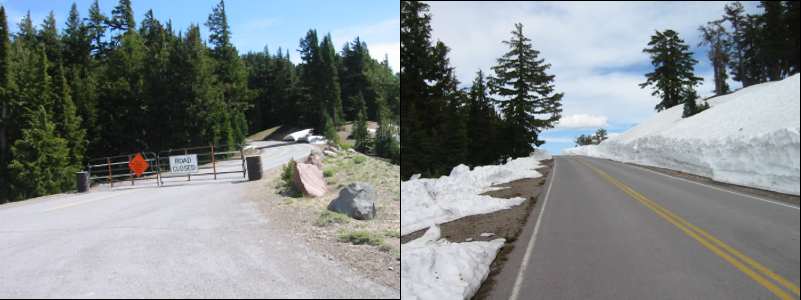


 For our outing on Thursday, we picked a hike along a segment of the
For our outing on Thursday, we picked a hike along a segment of the 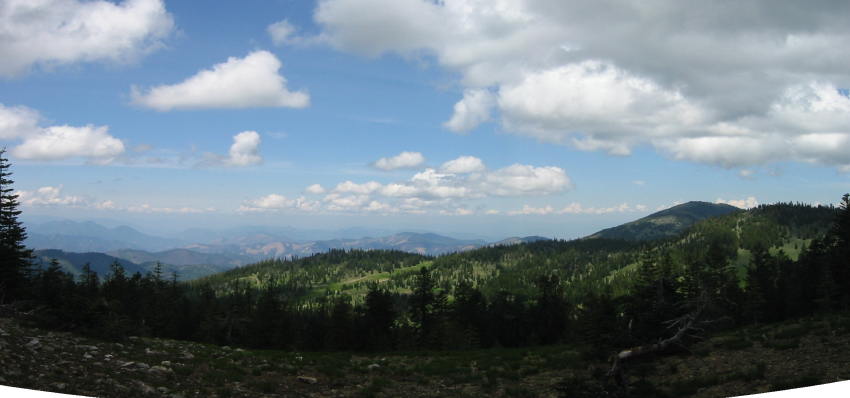
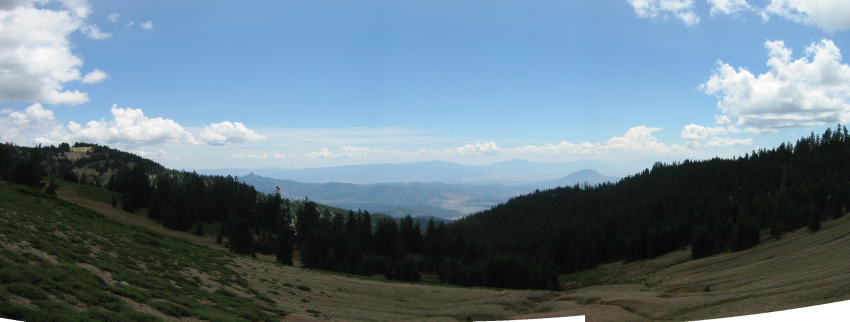
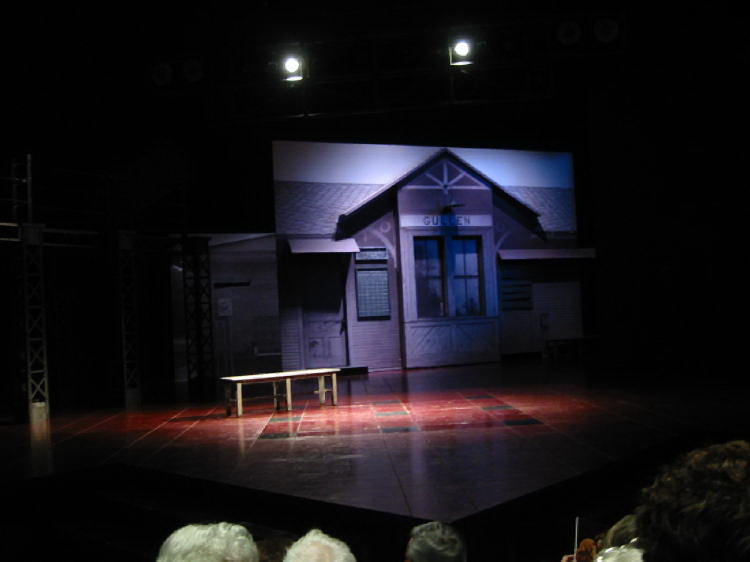 The Visit, by the Swiss Friedrich Durrenmatt, is reminiscent of a Twilight Zone episode, or of Shirley Jackson’s The Lottery. A formerly prosperous town, Gullen, has fallen on hard times as commerce has dried up and trains have ceased making scheduled stops.
The Visit, by the Swiss Friedrich Durrenmatt, is reminiscent of a Twilight Zone episode, or of Shirley Jackson’s The Lottery. A formerly prosperous town, Gullen, has fallen on hard times as commerce has dried up and trains have ceased making scheduled stops. 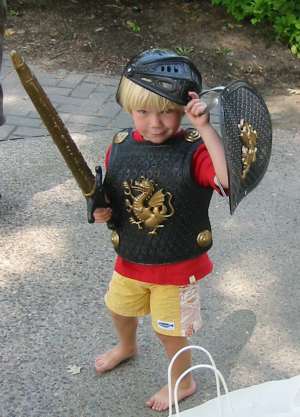 Since we had two plays to see Wednesday, one at 2:30 and one at 8:30, we didn’t have enough time to drive off to an elaborate outdoor adventure. Instead, we walked around the upper reaches of town with the goal of reaching the top end of Ashland Creek, and walking along the creek to arrive at the theatre in time for our first play.
Since we had two plays to see Wednesday, one at 2:30 and one at 8:30, we didn’t have enough time to drive off to an elaborate outdoor adventure. Instead, we walked around the upper reaches of town with the goal of reaching the top end of Ashland Creek, and walking along the creek to arrive at the theatre in time for our first play.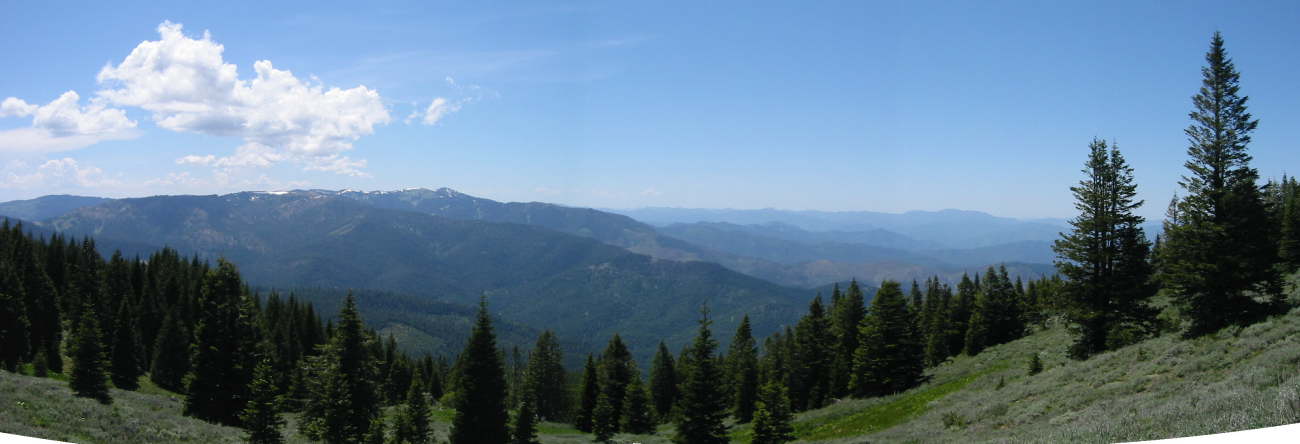


 One could quibble that this week’s bumper sticker should not come from someone driving such a behemoth (they were two 20-something guys). I guess the positive spin is that the message has being taken by the non-Birkenstock crowd. Maybe it was a mail-order purchase, they saw “Toyota” and didn’t know that the company would put the name of a fragile ecosystem on the engine of its destruction. Whatever, I’ll take the support wherever it comes from.
One could quibble that this week’s bumper sticker should not come from someone driving such a behemoth (they were two 20-something guys). I guess the positive spin is that the message has being taken by the non-Birkenstock crowd. Maybe it was a mail-order purchase, they saw “Toyota” and didn’t know that the company would put the name of a fragile ecosystem on the engine of its destruction. Whatever, I’ll take the support wherever it comes from.